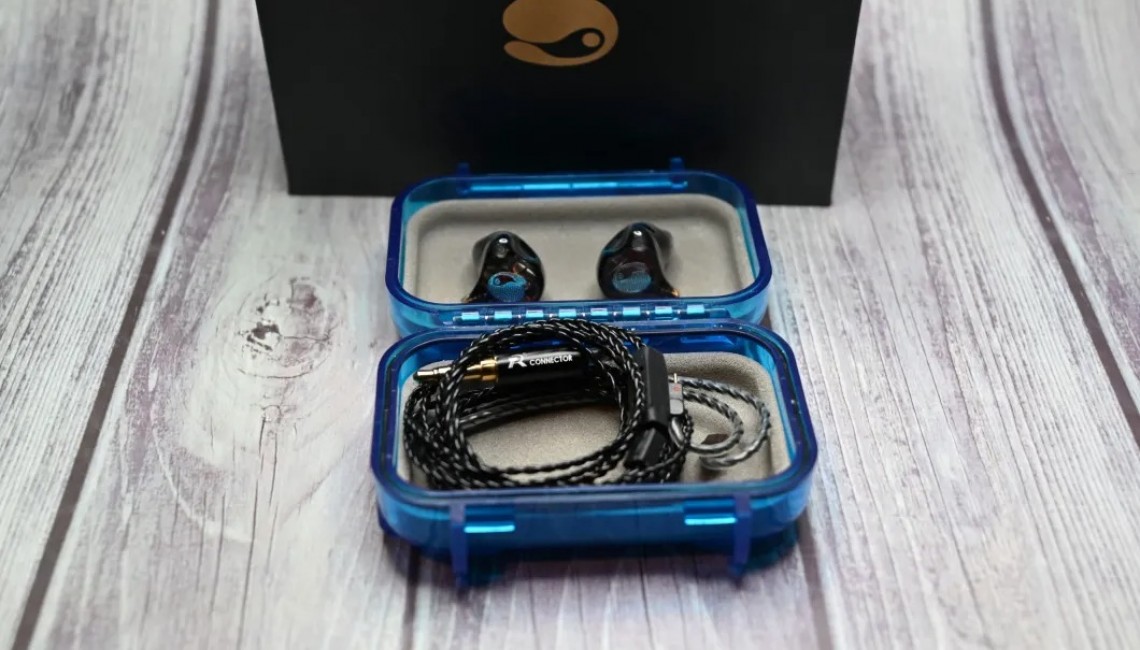
Check out the wolfhawk.squig.link frequency response graph below. I’m comparing it to the excellent FiR VxV, which costs $400 less. As you can see on the chart, these have very different tunings – almost nothing matches up. It’s funny to see an IEM that actually has less bass than the VxV since it’s pretty bass-light, but here you go – the Viento B. There are also very recessed lower mids on the Viento B and a bit more pronounced Upper-mids and in some spots highs. Luckily for the Viento B, the sound manages to make up for the rest of the poor-quality stuff mentioned above.
I am powering these off my HiBy RS8 as usual with the A/B amp and medium gain at around ~43/100 volume. I’m using Tidal Hi-Fi with MQA enabled and the 4.4mm Kinera Leyding cable with Spinfit W1 tips to give these a fair shake.
Lows (14/20): I am starting off with the Mid-bass/Sub-bass test - I’m using David Guetta’s “I’m Good (Blue).” The intro drums have decent impact and presence, but the sub-bass is definitely muted compared to something like the Xenns Up or just about any other bassy IEM. The wind-up before the sub-bass can be easily heard though, which is an excellent detail. 5/10 points.
Up next is Demon Hunter’s “I Am A Stone,” which I use to test whether the bass is too strong and overwhelms the mids. Yeah, the bass doesn’t overwhelm here at all. Yet, the bass instrument can still be clearly heard and the mids feel up close with excellent presence. There’s no sharpness or thinness to the song – it’s a very good presentation. 9/10 points.
Mids (15/20): Weaving The Fate’s “The Fall” is a test song for guitars and vocals. The intro guitars actually sound really good with excellent tonality and the dirty guitars can be clearly heard with no muddiness and the cymbals can be clearly heard separately from the guitars and drums. The drums of course cannot be easily heard due to the low bass quantity, but they’re still there in the background – they just sound flat and a little thin. The vocals feel a bit distant, but they’re still of good quality. This entire song comes across as flatter and more 2D than I’d like despite the detail and instrument separation. 4/6 points.
Staind’s “Something to Remind You” has clean electric guitars and wonderful vocals – this song tests the vocal quality and background noise. The guitars sound clean, if not full-bodied. The vocals sound really good and are some of the best I’ve heard on this song in IEMs under $2k. Even the bass guitar is present and not overwhelming. 6/7 points.
To test classical instruments in the mids, I’m using The Piano Guys' “Code Name Vivaldi.” This song is presented well, but it’s not at its best. Like several other songs, this one comes across as feeling a lot flatter than it should. The sound doesn’t surround you with its presence – still, it’s detailed and well-presented overall. 5/7 points.
Highs (12/20): To test sibilance on headphones I use Panic! At The Disco’s “High Hopes. Sharper “S” sibilance is apparent if you listen for it in this song. Absolutely terrible – painful to listen to. I literally had to turn this song off because of how bad it sounds. This is one of the few times I’ve had to give an IEM 0/6 points here.
The first highs test song I’ll be using is Dream Theater’s “The Alien,” which I use to test and see if the cymbals/high-hats/snare can be clearly heard and distinguished from the rest of the music. Pretty good highs presentation here. The cymbals/snare in the background can be heard quite clearly over the guitar. This competes with or tops the VxV in highs quality. Unfortunately, the mids take a backseat to the highs – something that’s pretty rare. Still, as this song tests highs, it’s 7/7 points here.
Michelle McLaughlin’s “Across The Burren” is another of my favorite highs/sharpness test songs as it can easily sound painful on some headphones. I’m expecting some sharpness here based on the previous two songs' performances and I’m not surprised. These present this song more sharply than quite a few other options. It’s not as bad as some IEMs I’ve heard this on, but the sharpness is definitely still there. 5/7 points.
Soundstage/Instrument Separation/Imaging (6/10): I use MGMT’s “Time to Pretend” to test soundstage, instrument separation, and imaging. The overall soundstage still feels very flat and forward, though the instrument separation and imaging are really good. 6/10 points.
--------------- Click here for detailed post ---------------






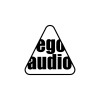












-500x500w.jpeg)




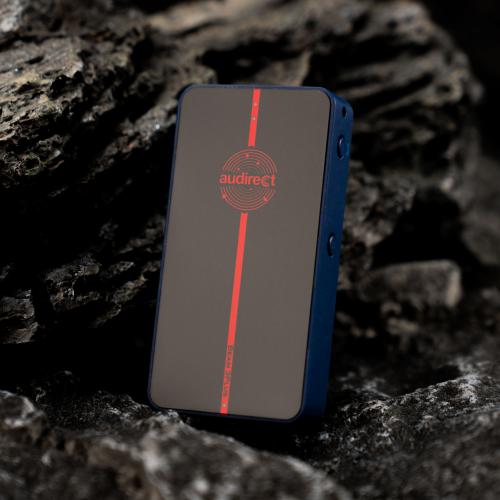
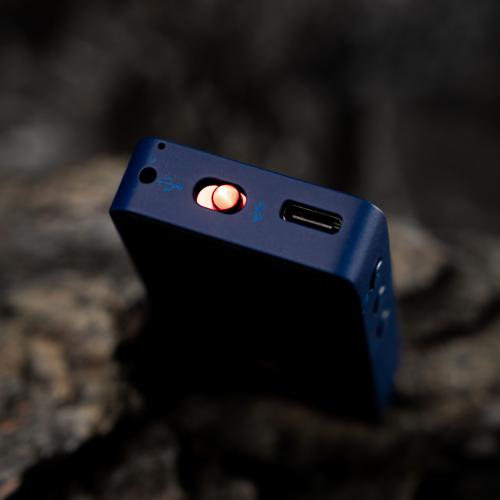

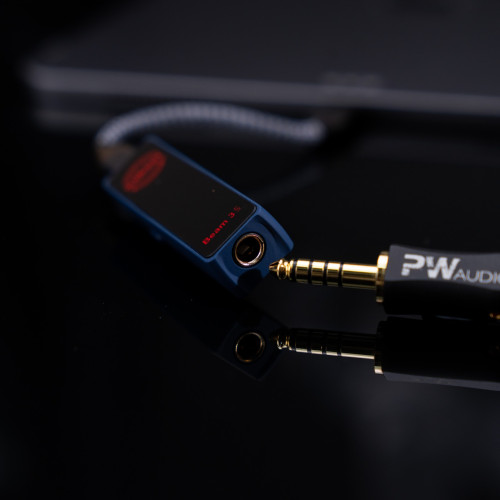








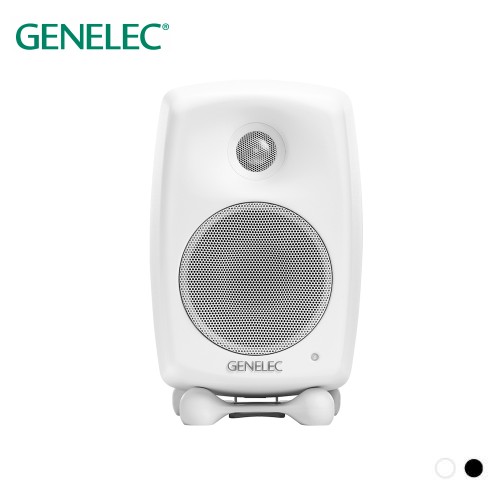
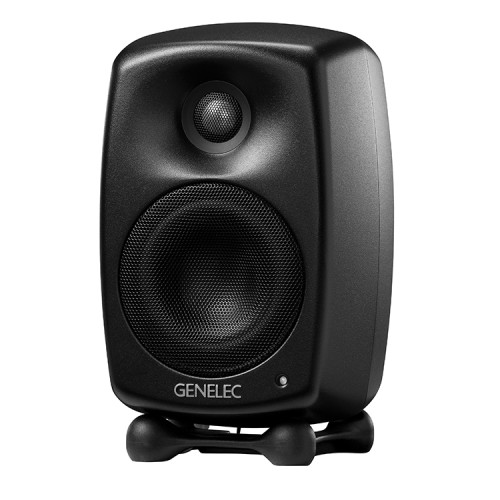
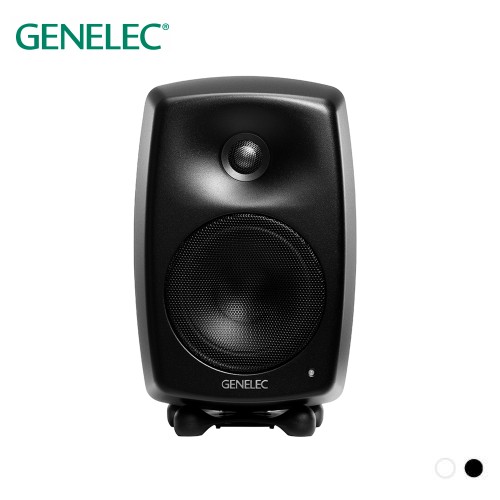
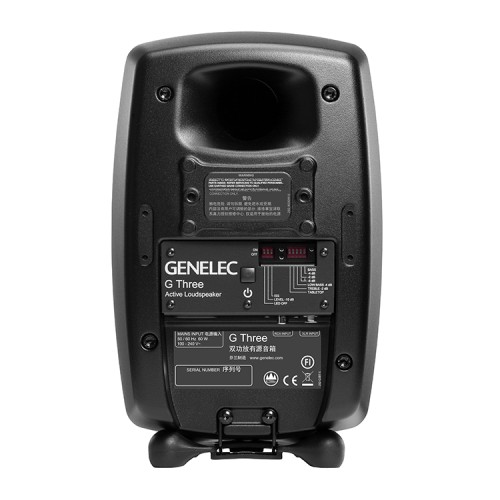
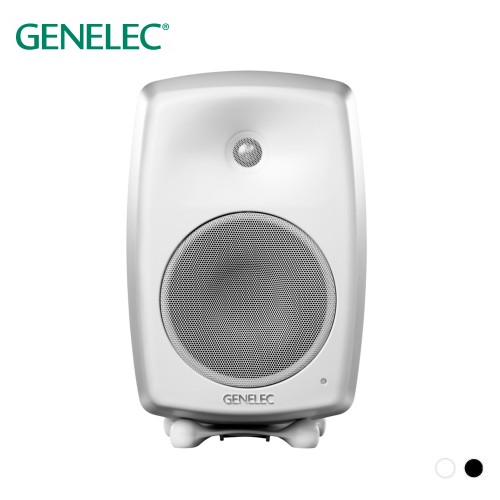
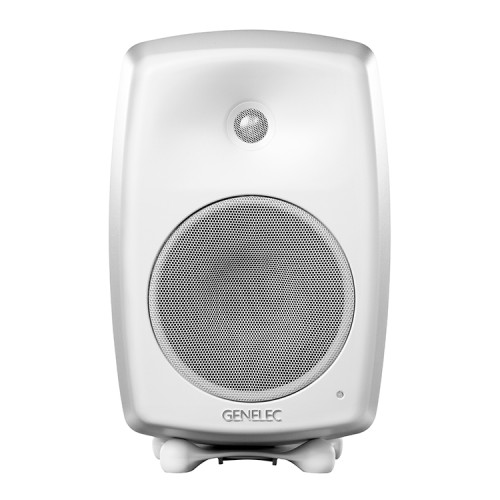
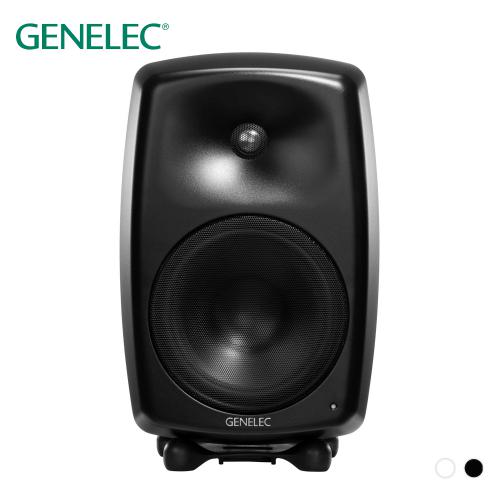
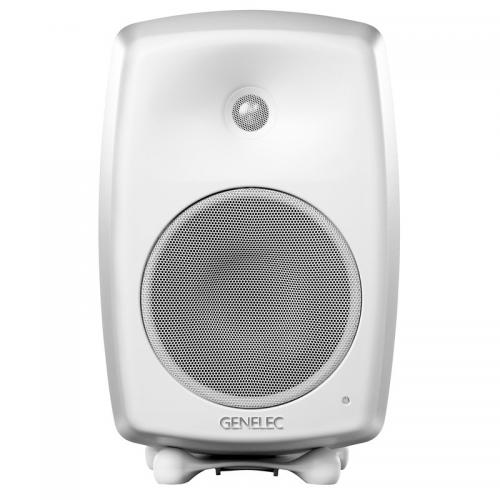












Leave a Comment